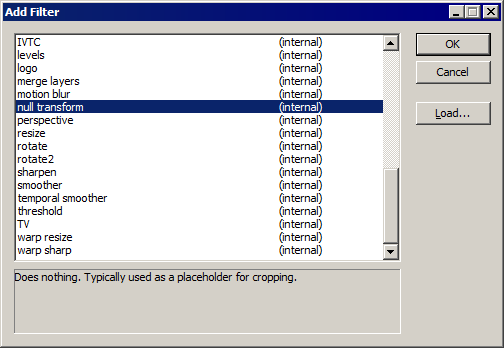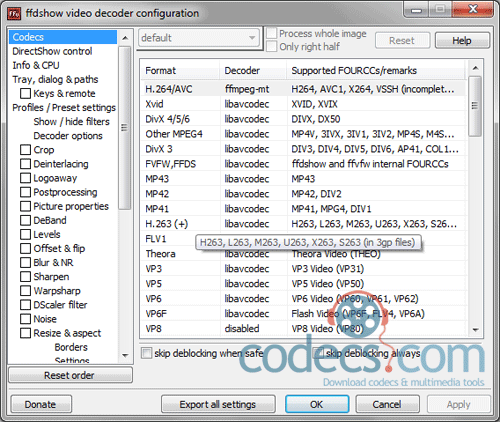

Int filterRadius, default: 5 frames on either side Them) some groups of parameters that operate together have been set off by *** vcredist_x86.exe is required for Autolevels-x86 *** vcredist_圆4.exe is required for Autolevels-圆4Īutolevels() syntax (don't be alarmed the default is great for most of Microsoft Visual C++ 2008 Redistributable Package (x86 / 圆4).Supported color formats: RGB24, RGB32, YUY2, Y8, YV12, YV16, YV24.It also offers a number of optional parameters for controlling how this averaging is performed The autolevels() filter averages luma statistics from the frames in the vicinity of the current frame and uses that to decide how to set the appropriate input_low, input_high, and optionally gamma. A disadvantage of this approach is it can produce video that has sudden and unpleasant shifts in the brightness. The ColorYUV() filter has an "autogain=true" option which measures the luma frame by frame and does a kind of levels() adjustment.

One shortcoming of levels() is that the mapping parameters must be manually specified, which can be especially difficult as the input range often shifts during a video due to varying lighting conditions.

The pixel luma values then get mapped into the range of output_low to output_high. This intermediate value is raised to a power note that 0.0 remains and 0.0 and 1.0 remains at 1.0, only values in between are changed. In English, luma values less than or equal to input_low get mapped to 0.0 and values greater or equal to input_high get mapped to 1.0, and everything between is linearly interpolated.

* (output_high - output_low) + output_low It is documented here: LevelsĪ continuous range of values is montonically mapped to a different range. The AviSynth built-in filter called Levels() can be used to remap the luma value of all pixels to a more desirable distribution (or to intentionally to a "bad" one to achieve some effect). By looking at the histogram of the video stream, it is often evident that the range of luma values of a video source is poorly distributed among the possible range of luma. Sometimes a video source will need to be adjusted because it is too dark, or too bright, or the contrast is too high or low, or the gamma value is wrong.


 0 kommentar(er)
0 kommentar(er)
